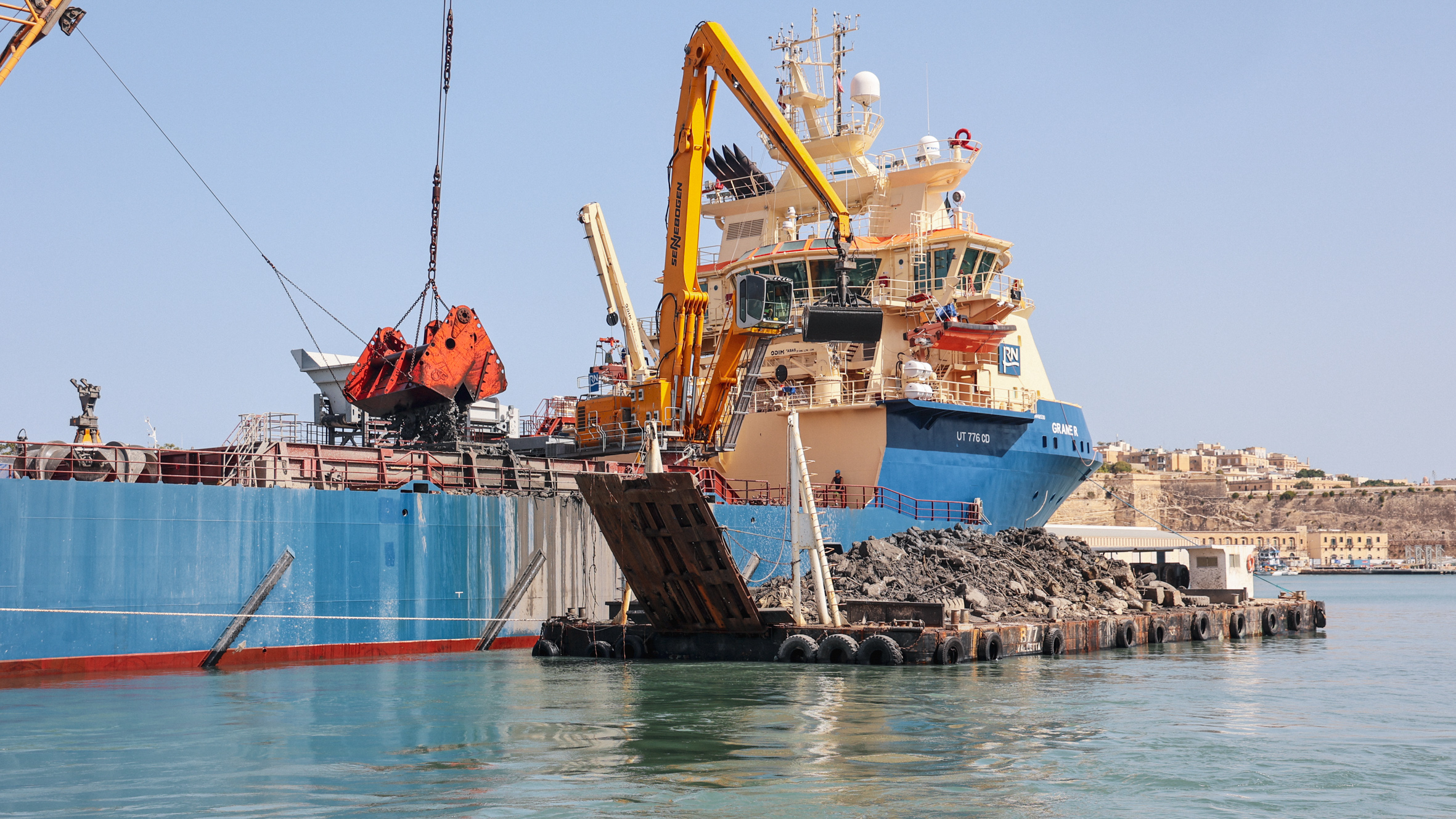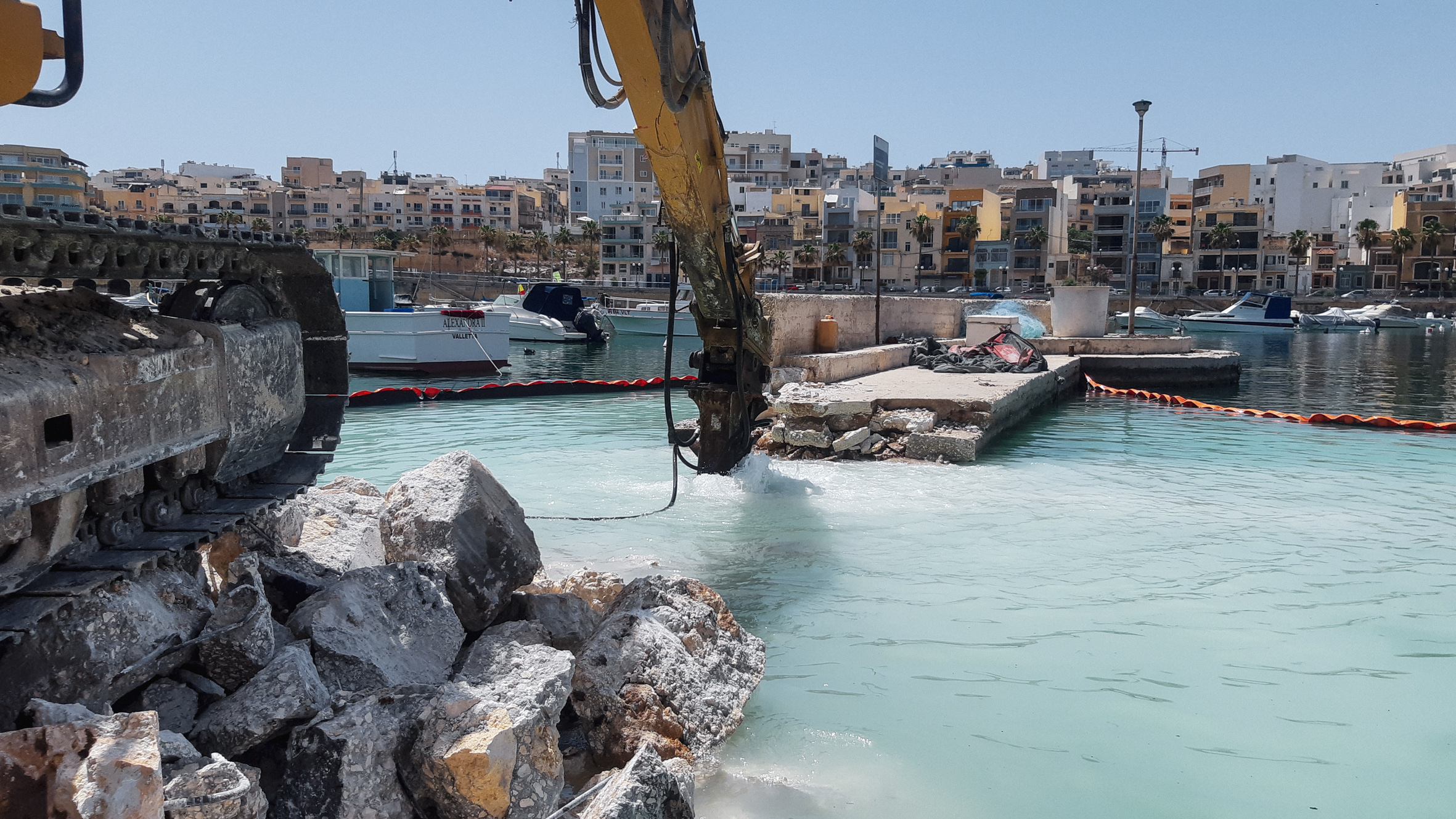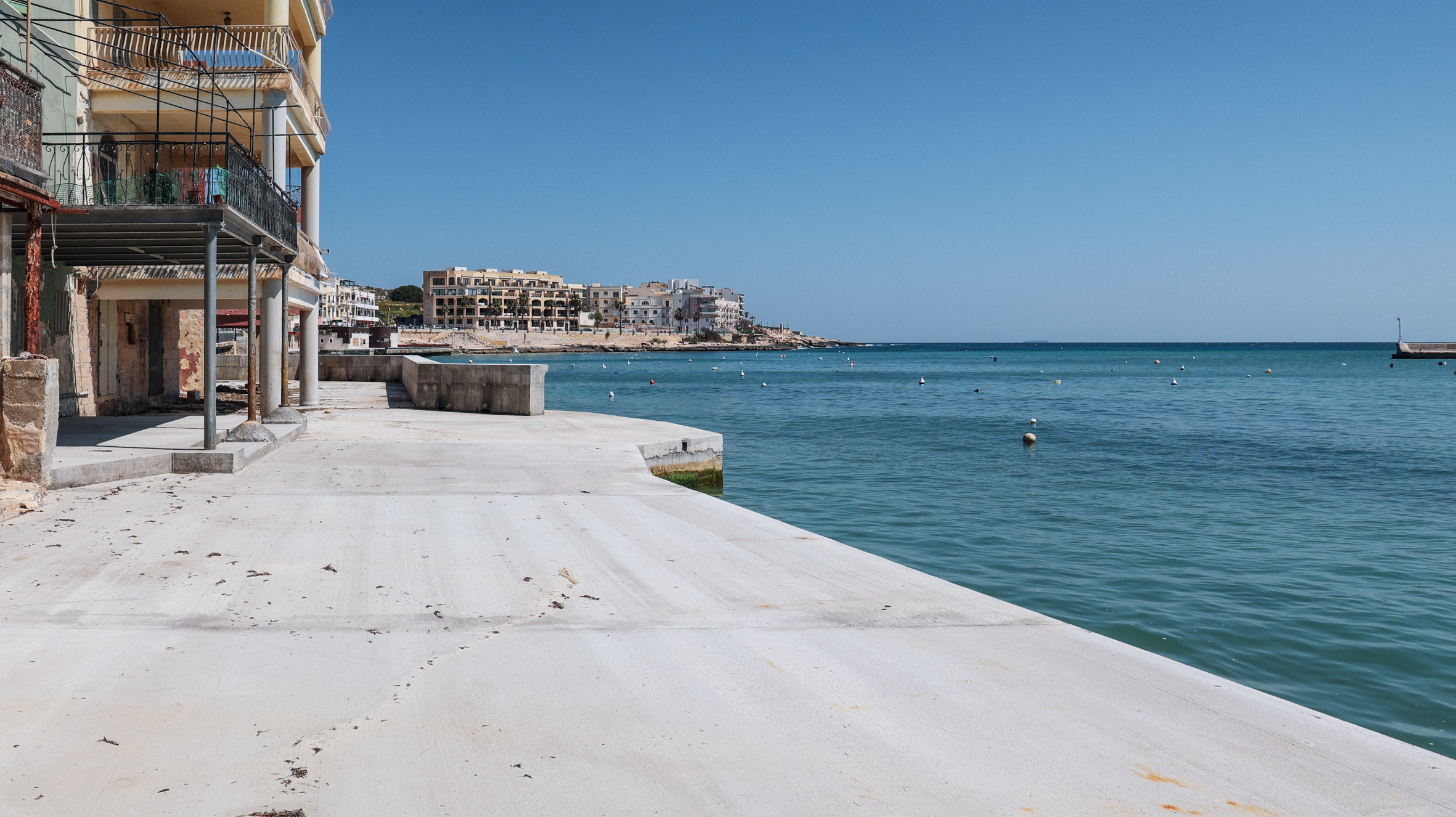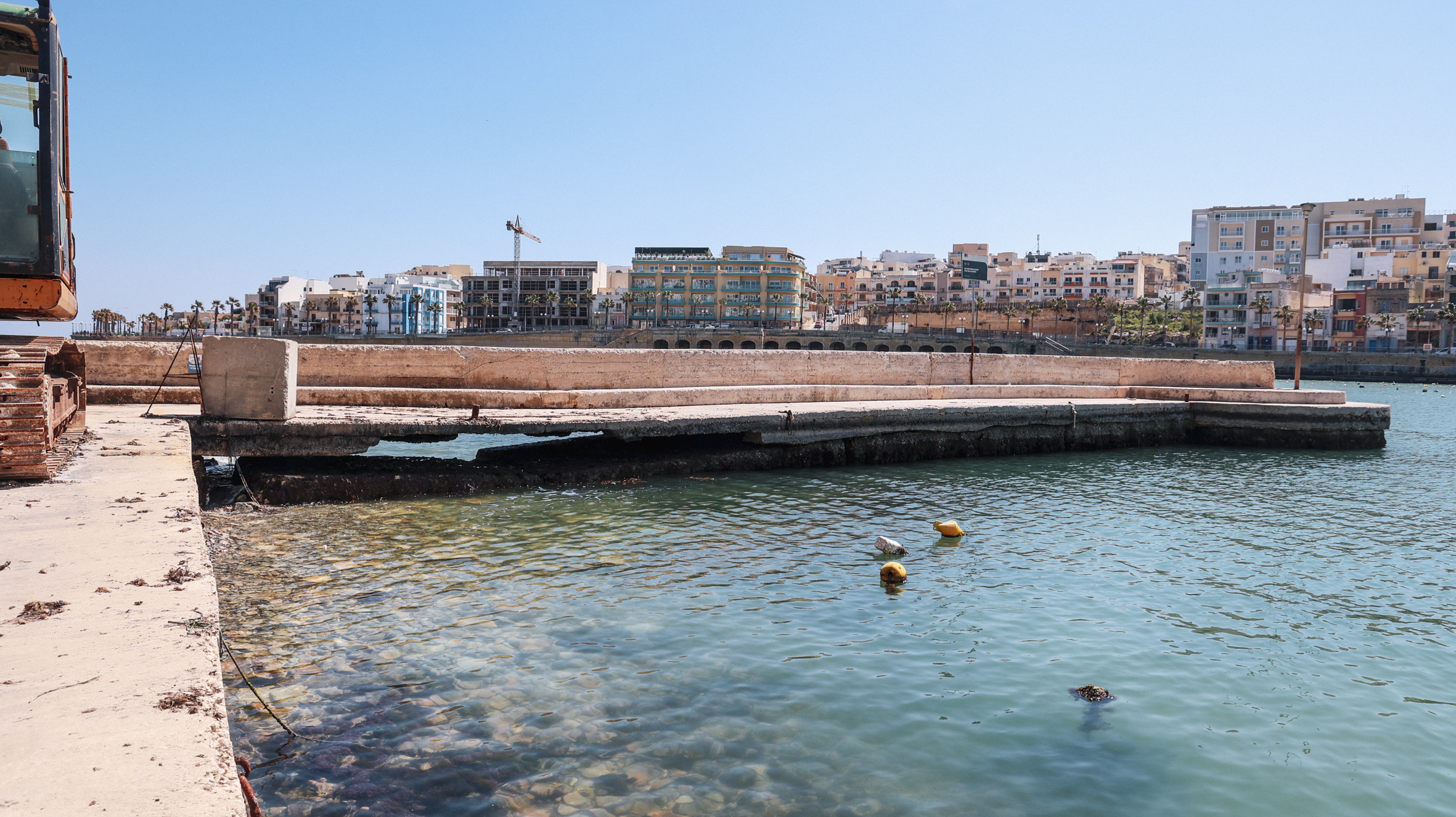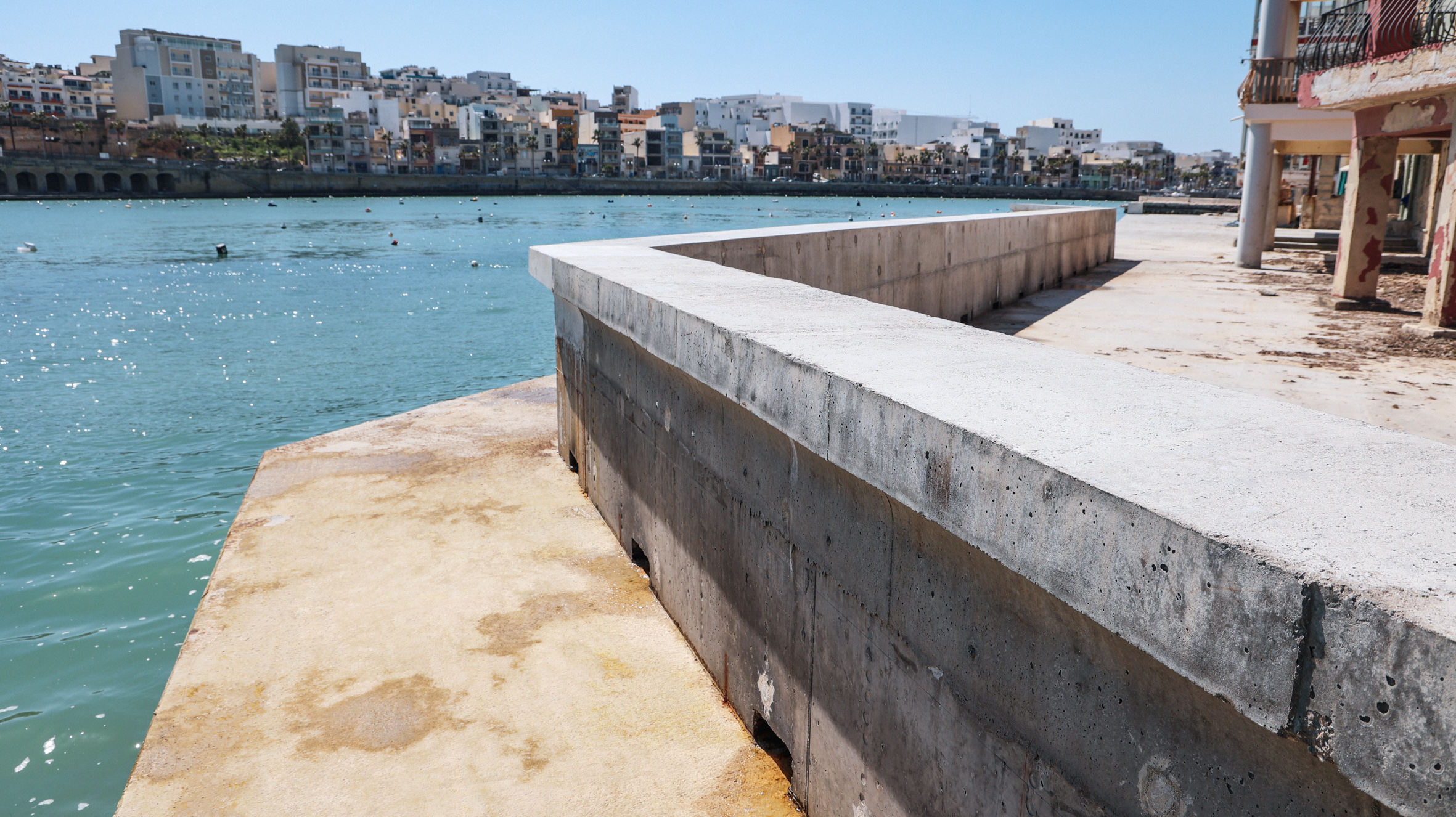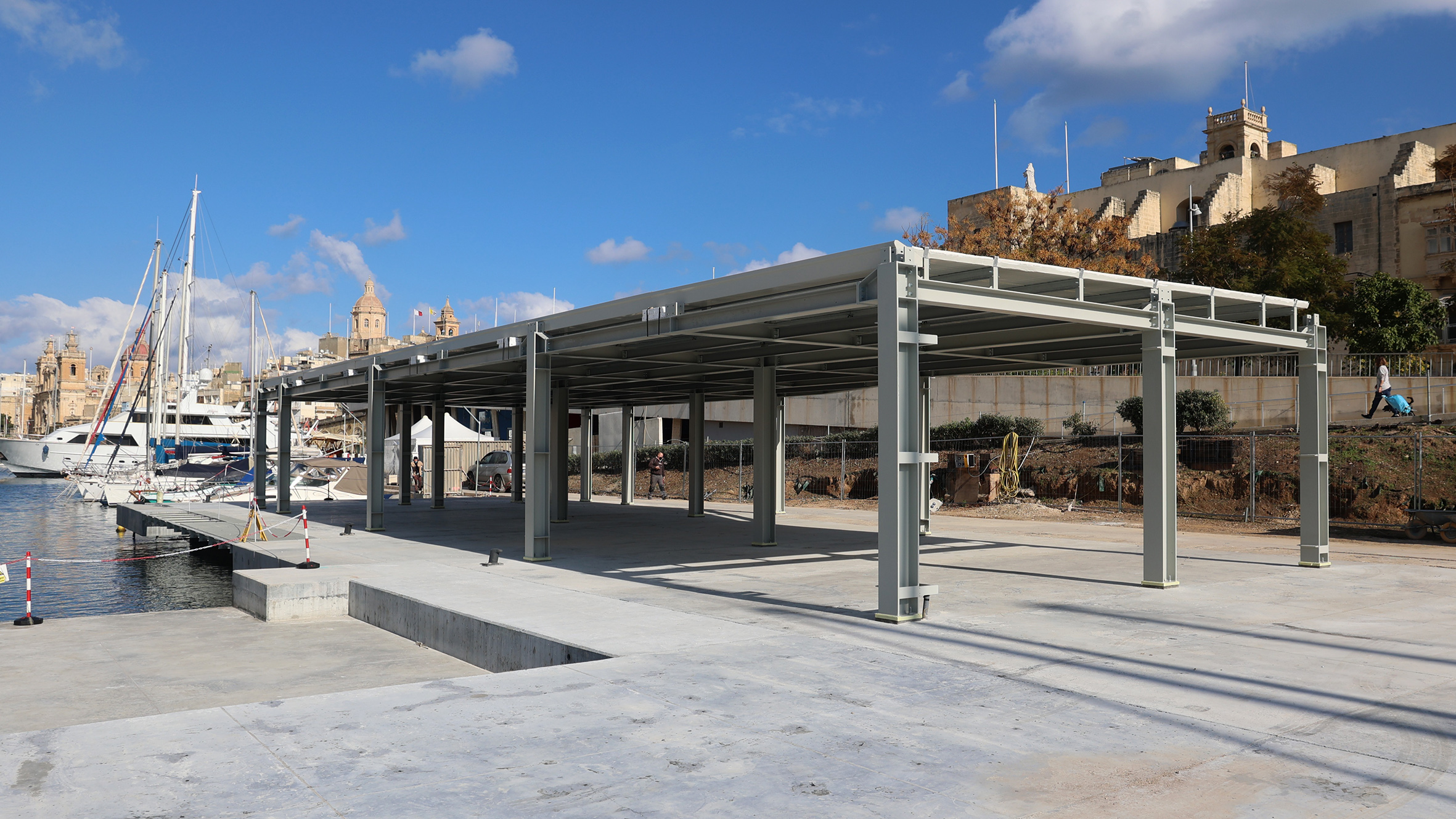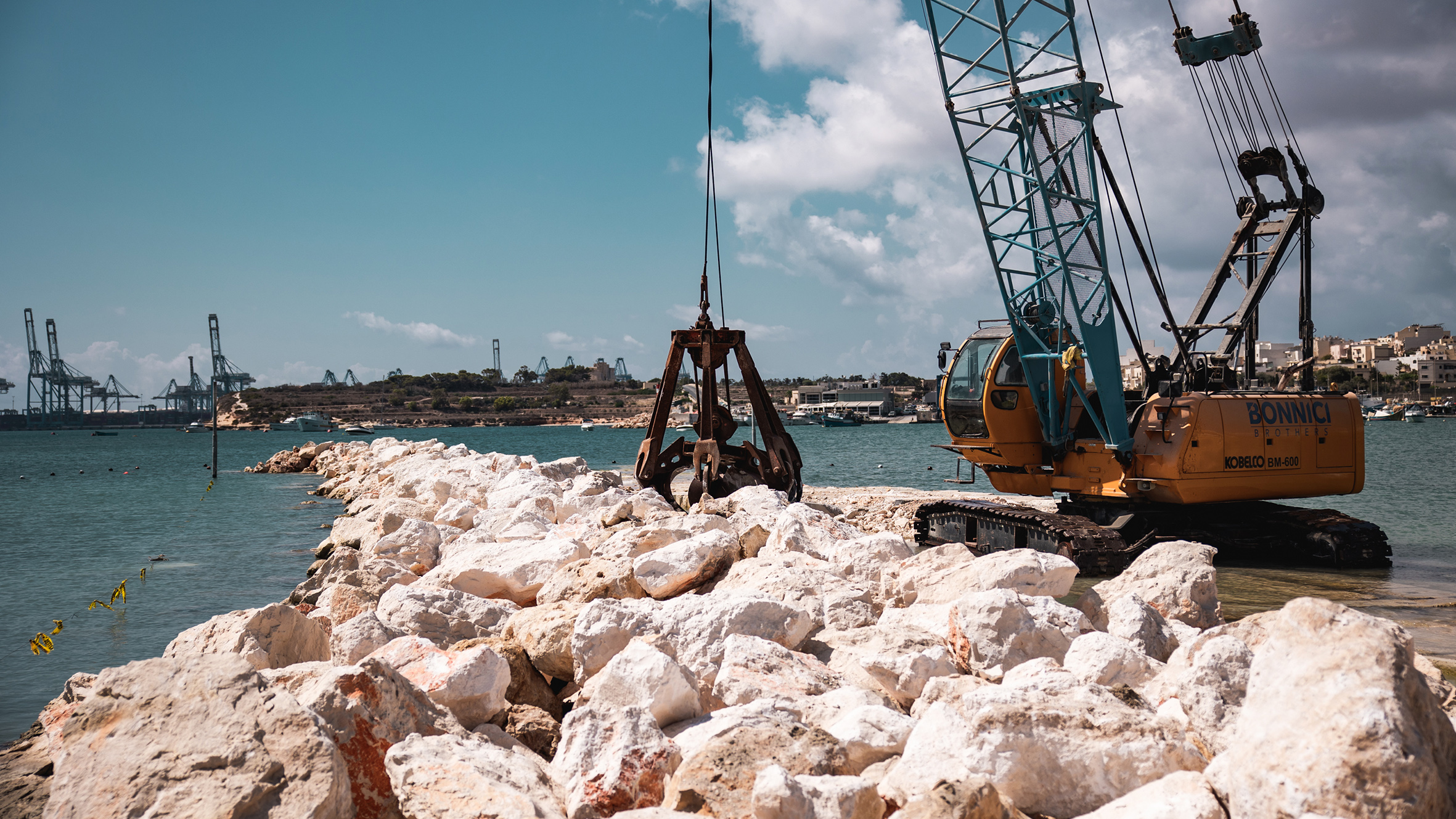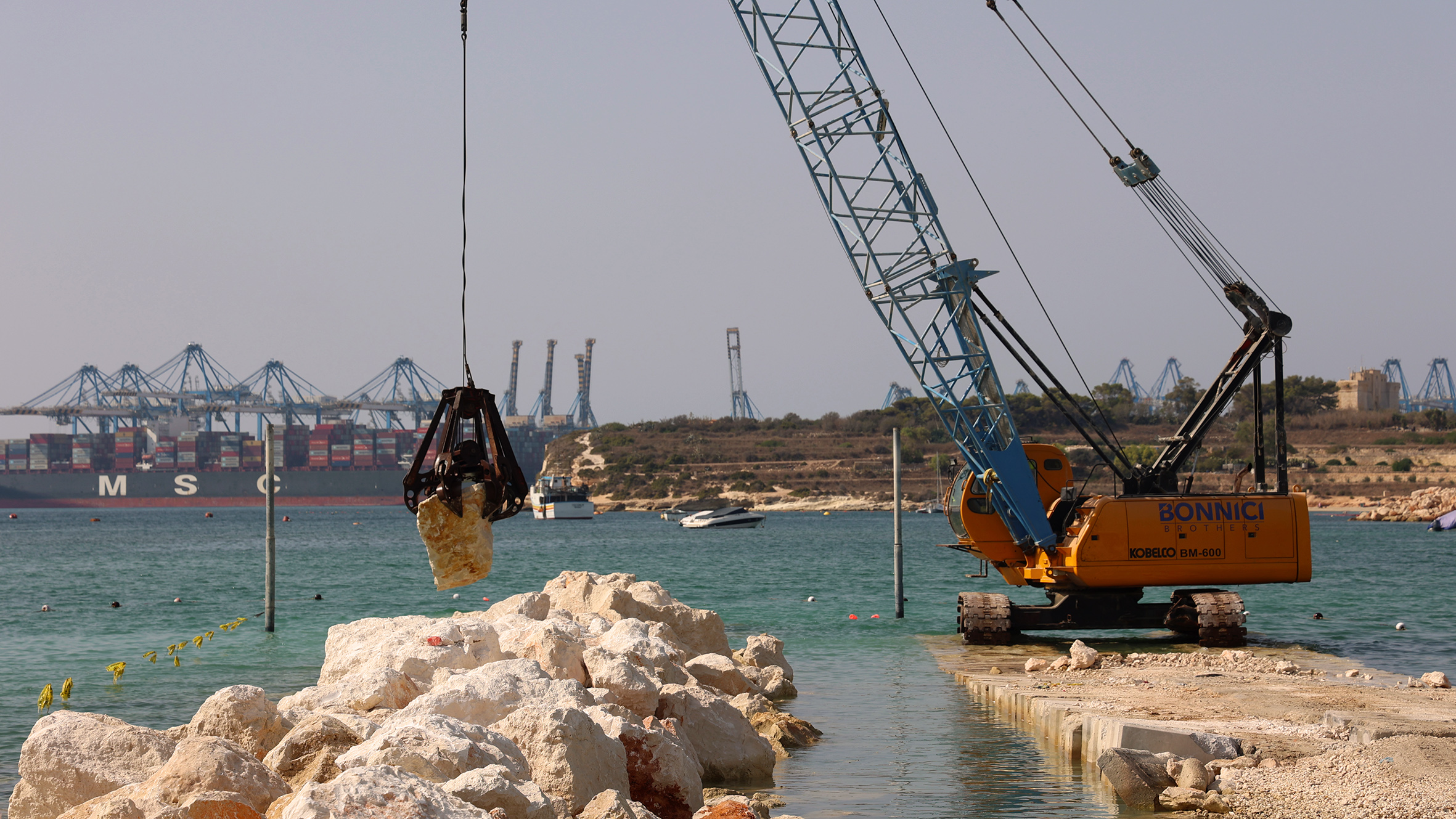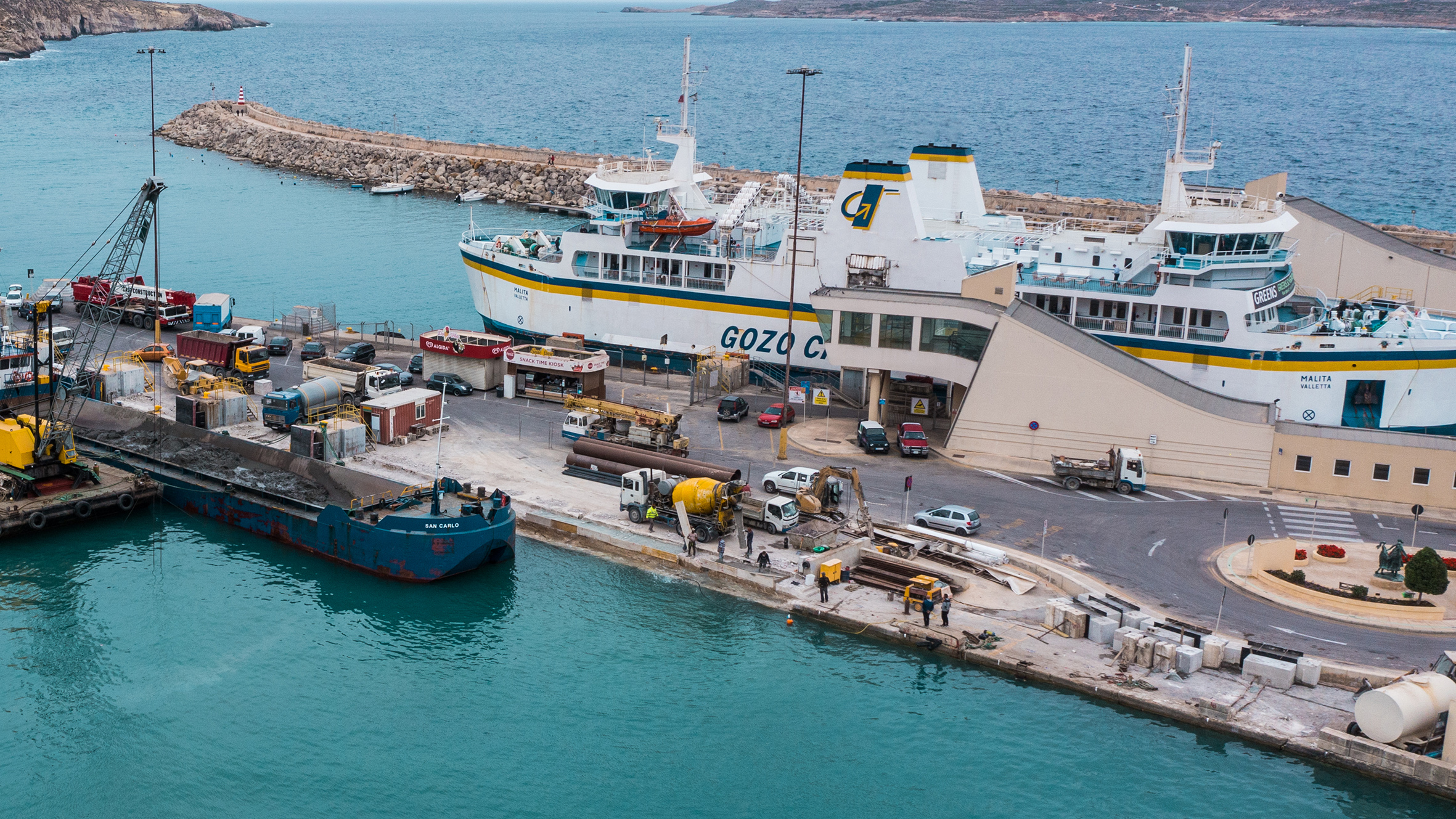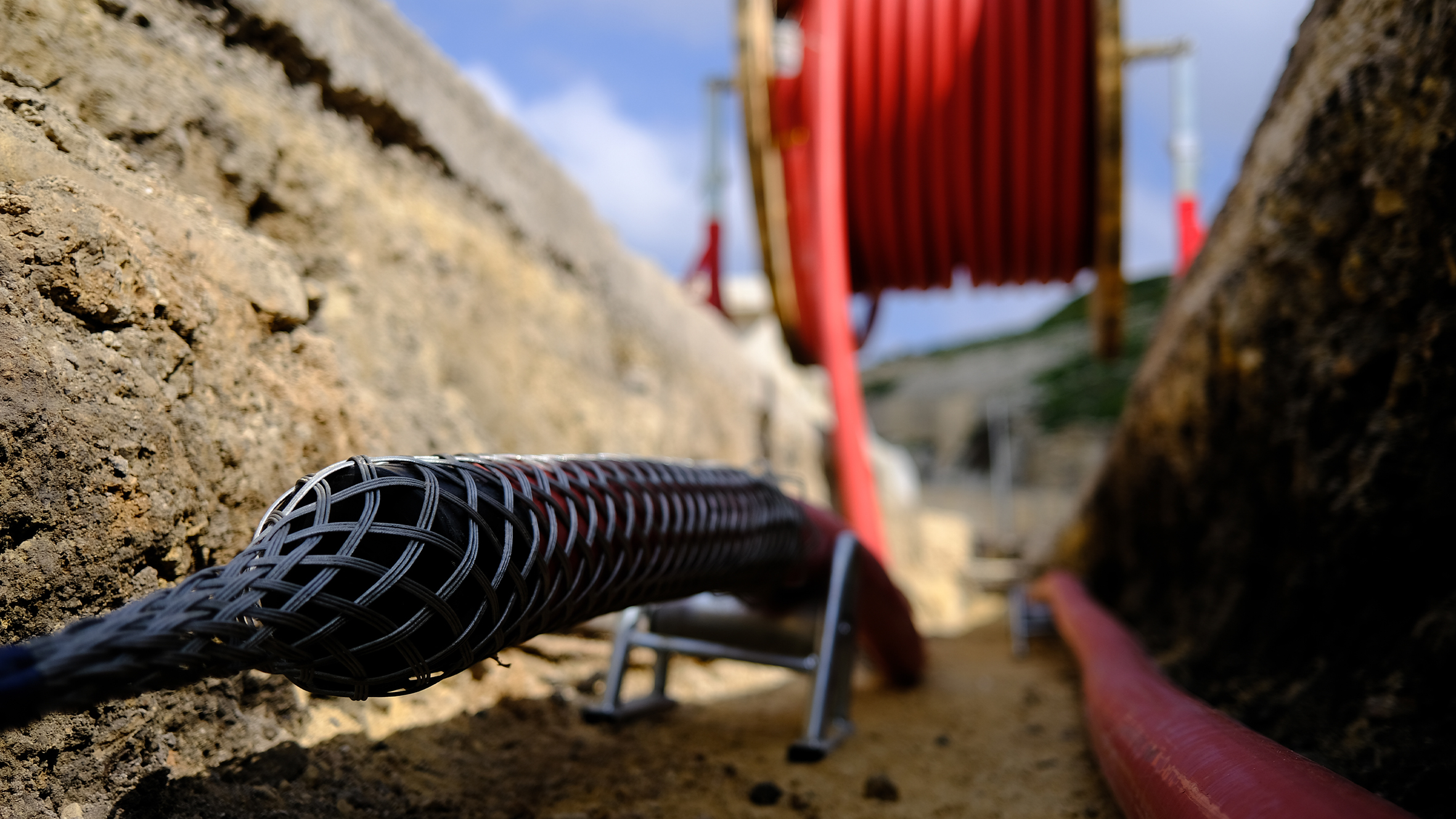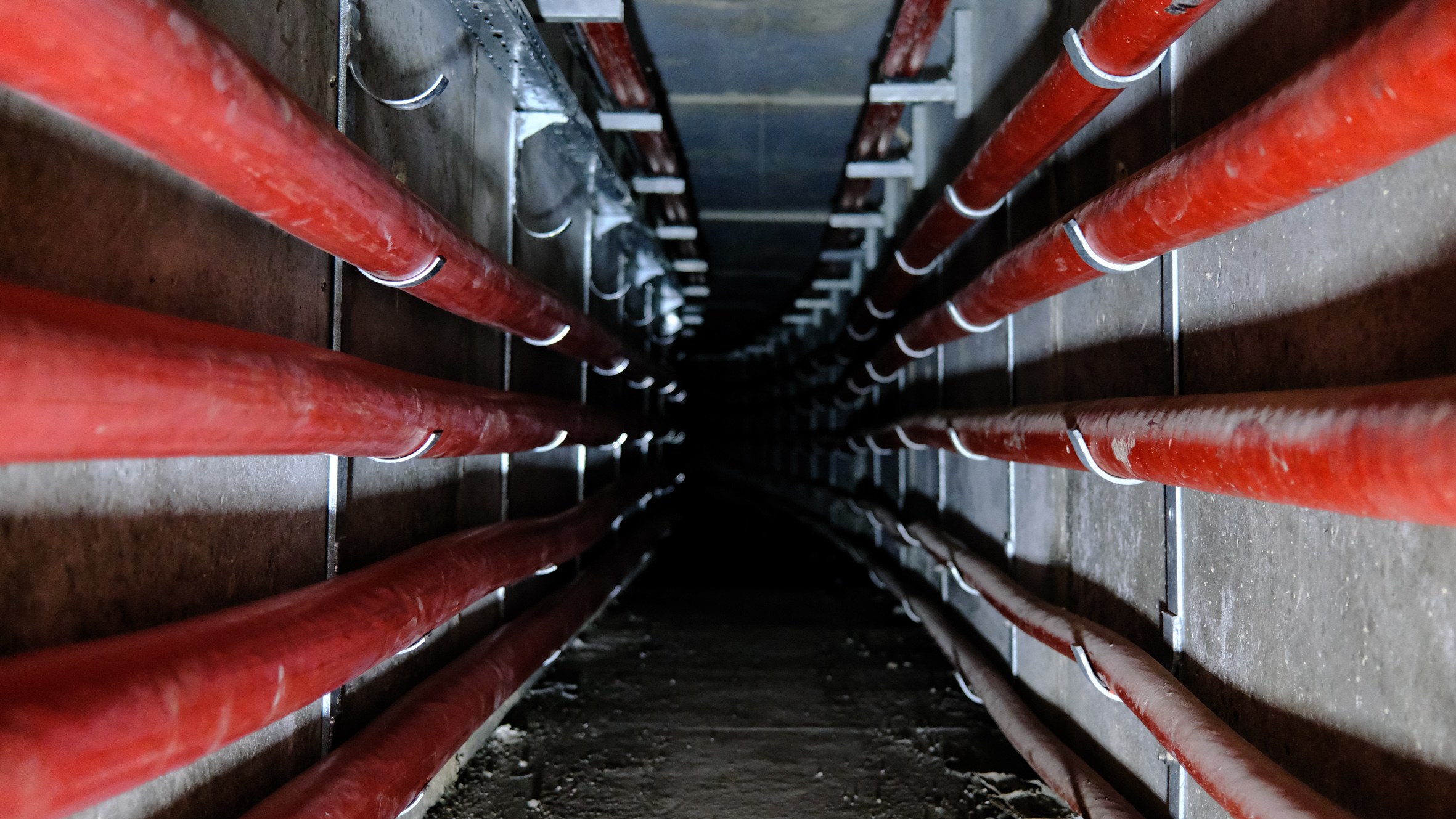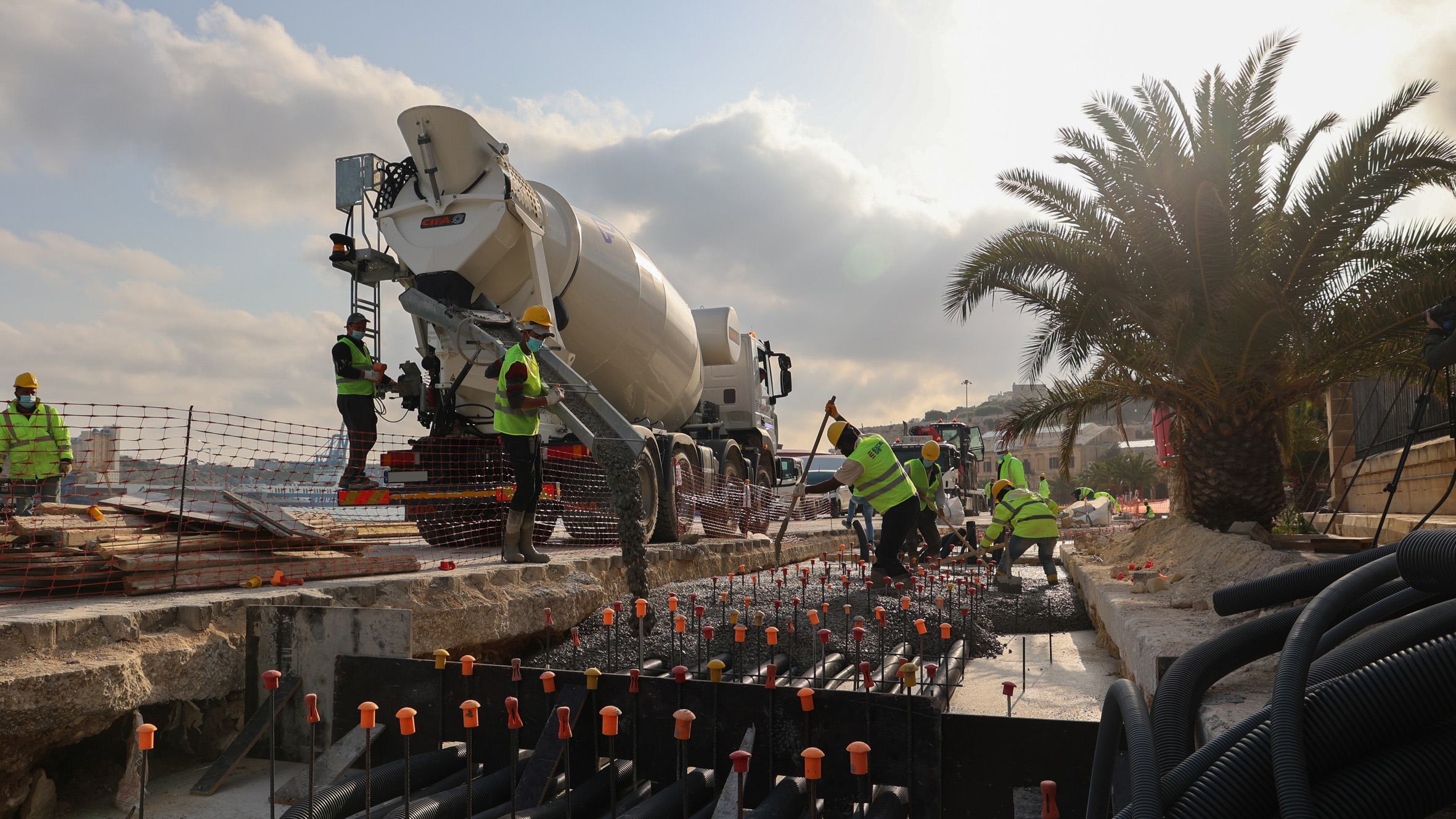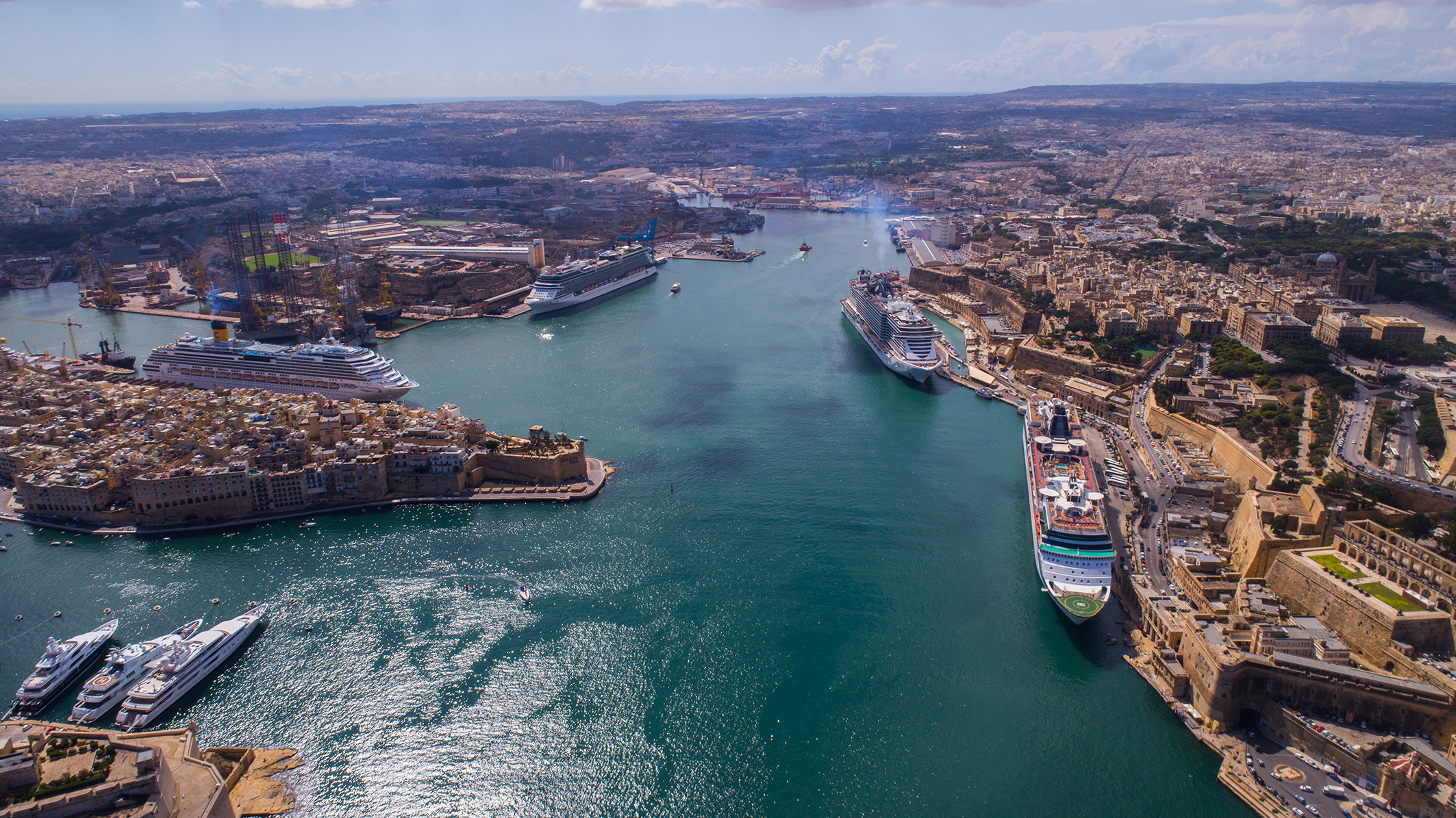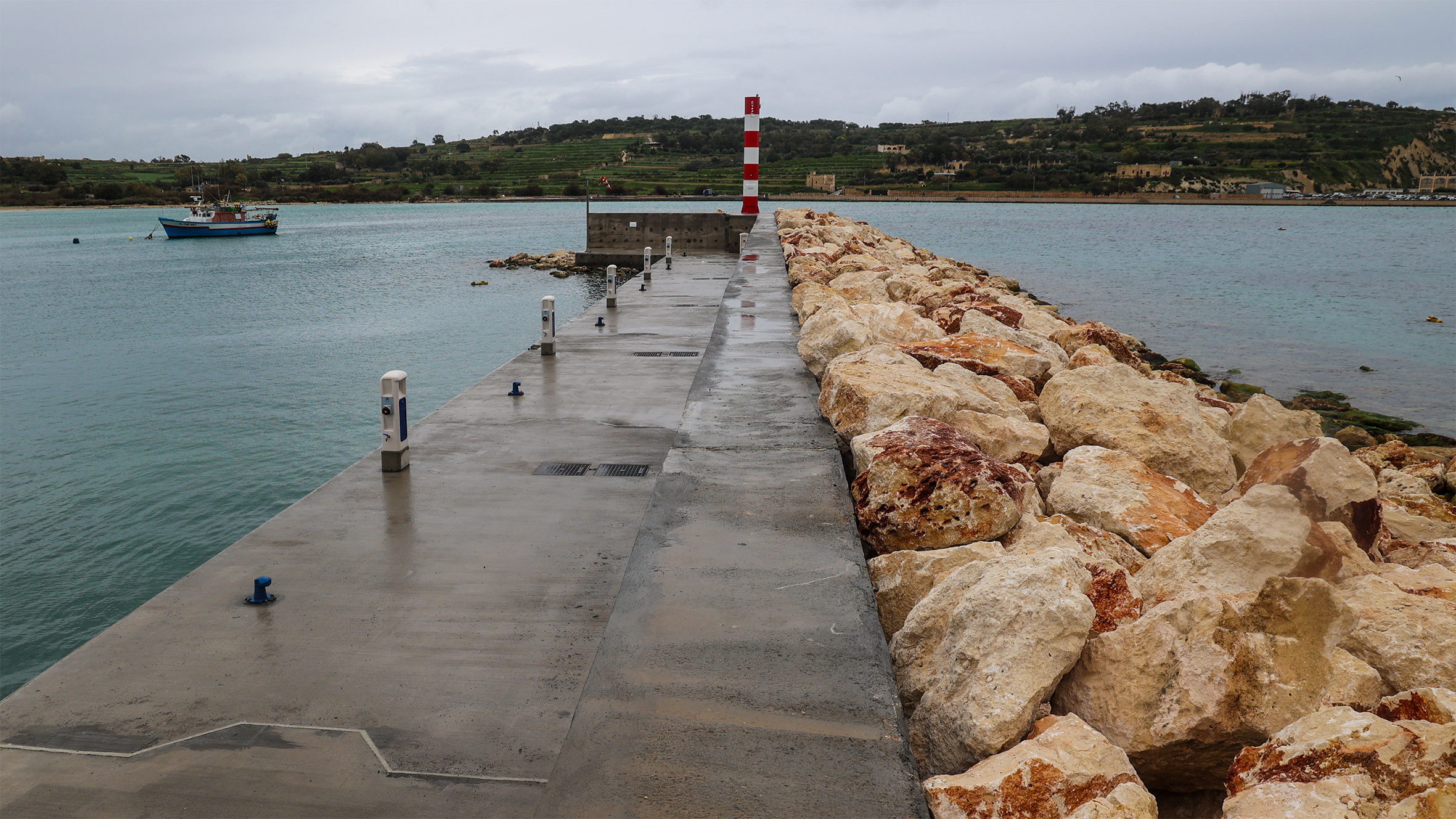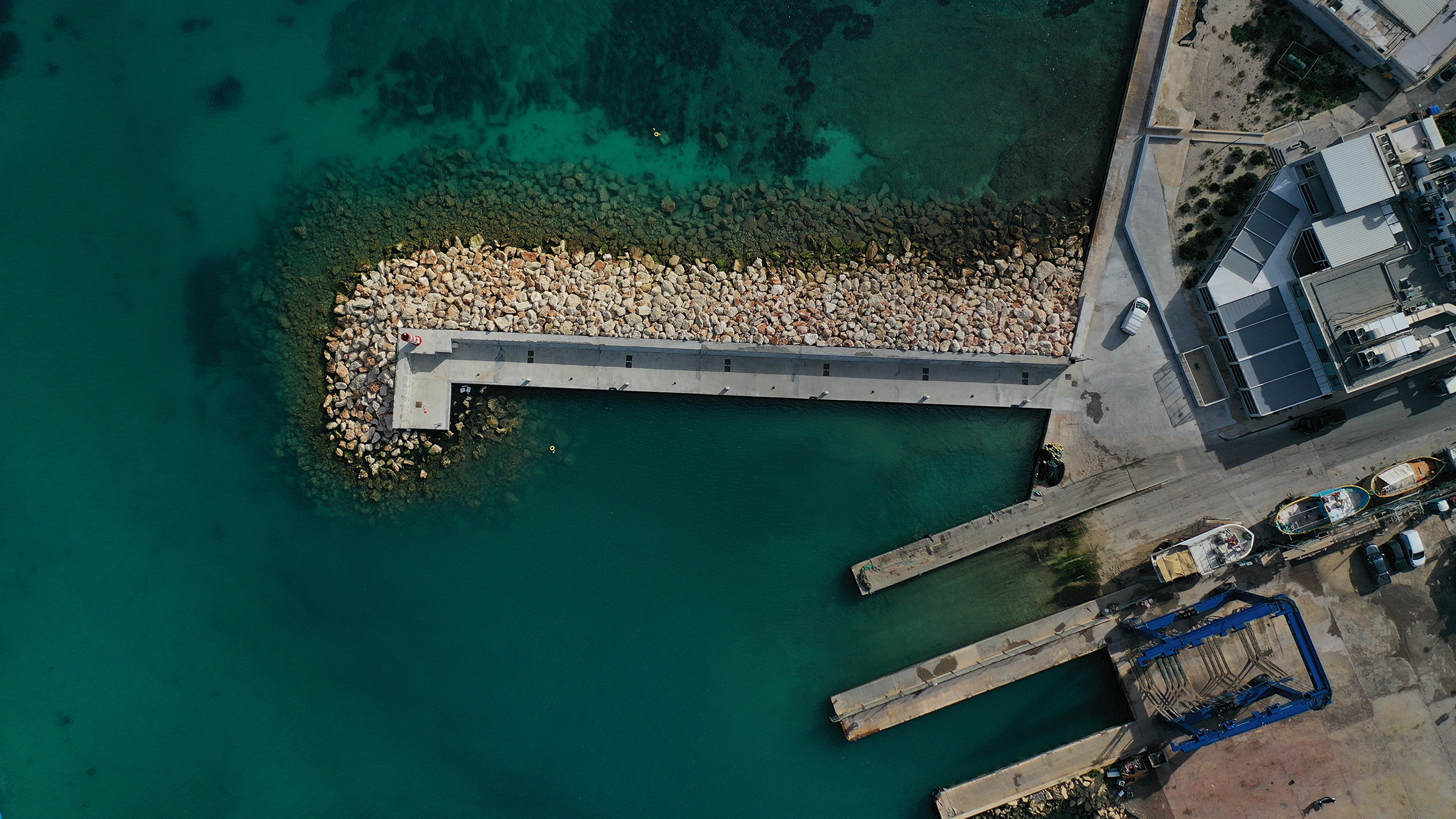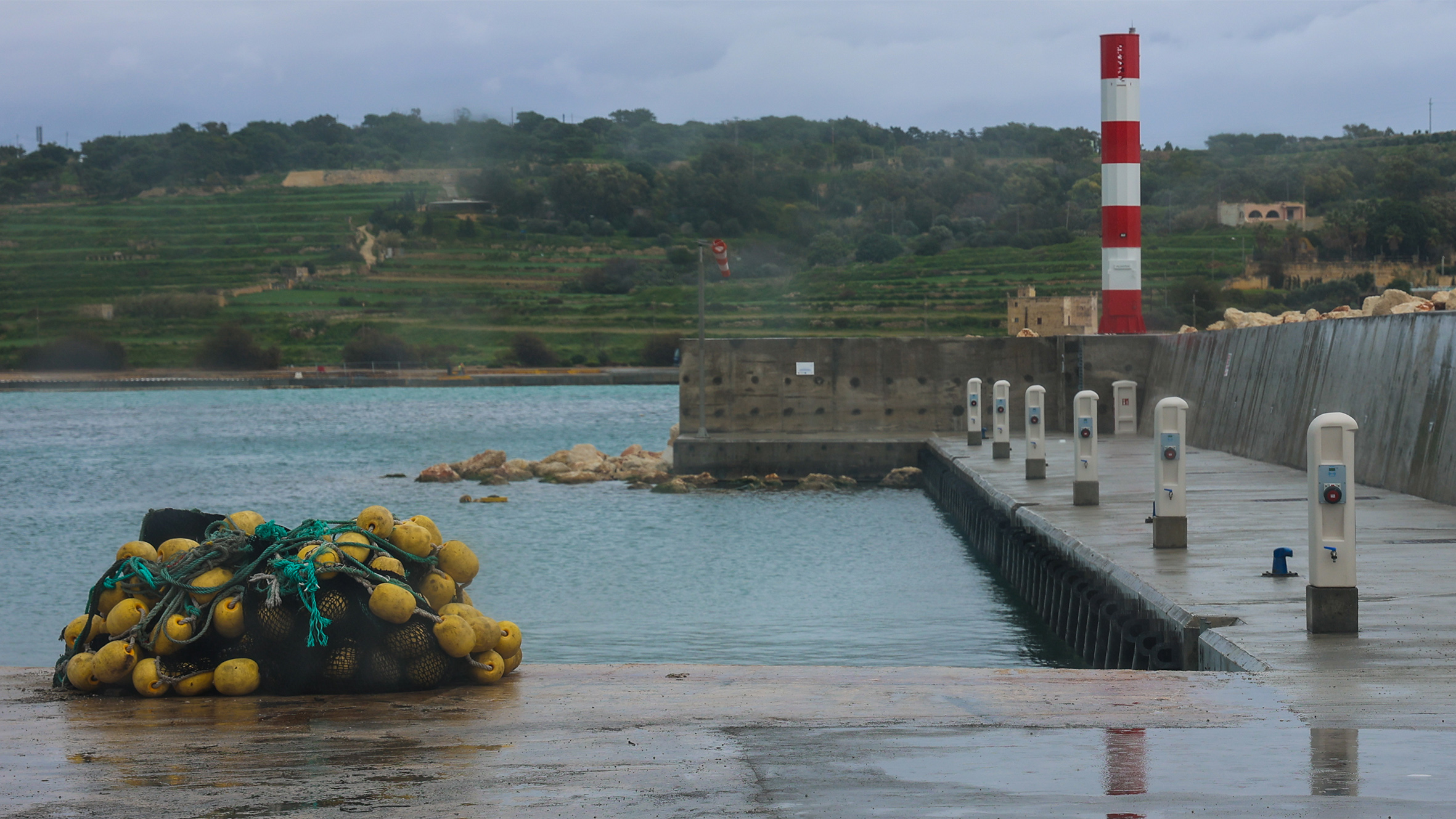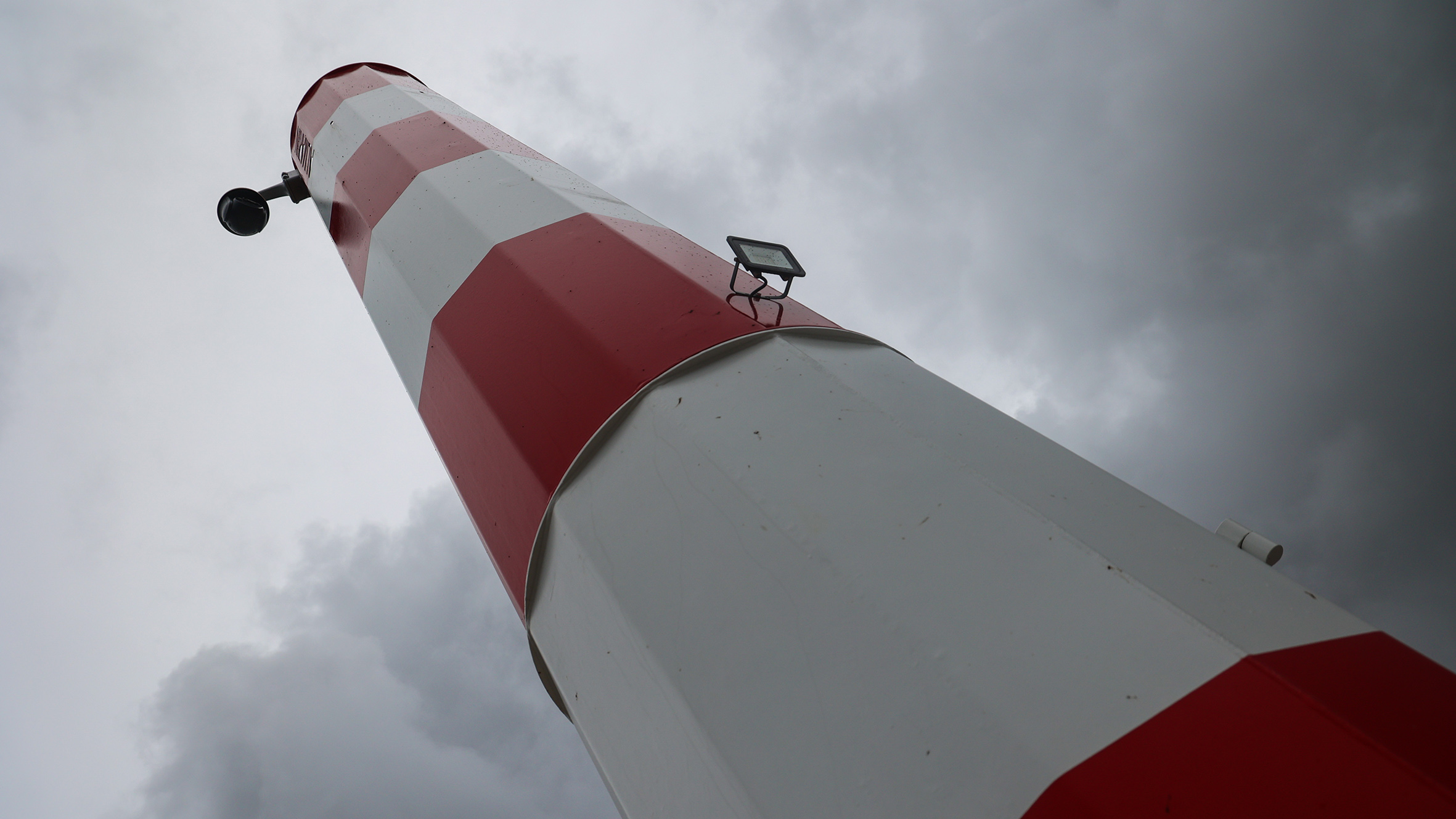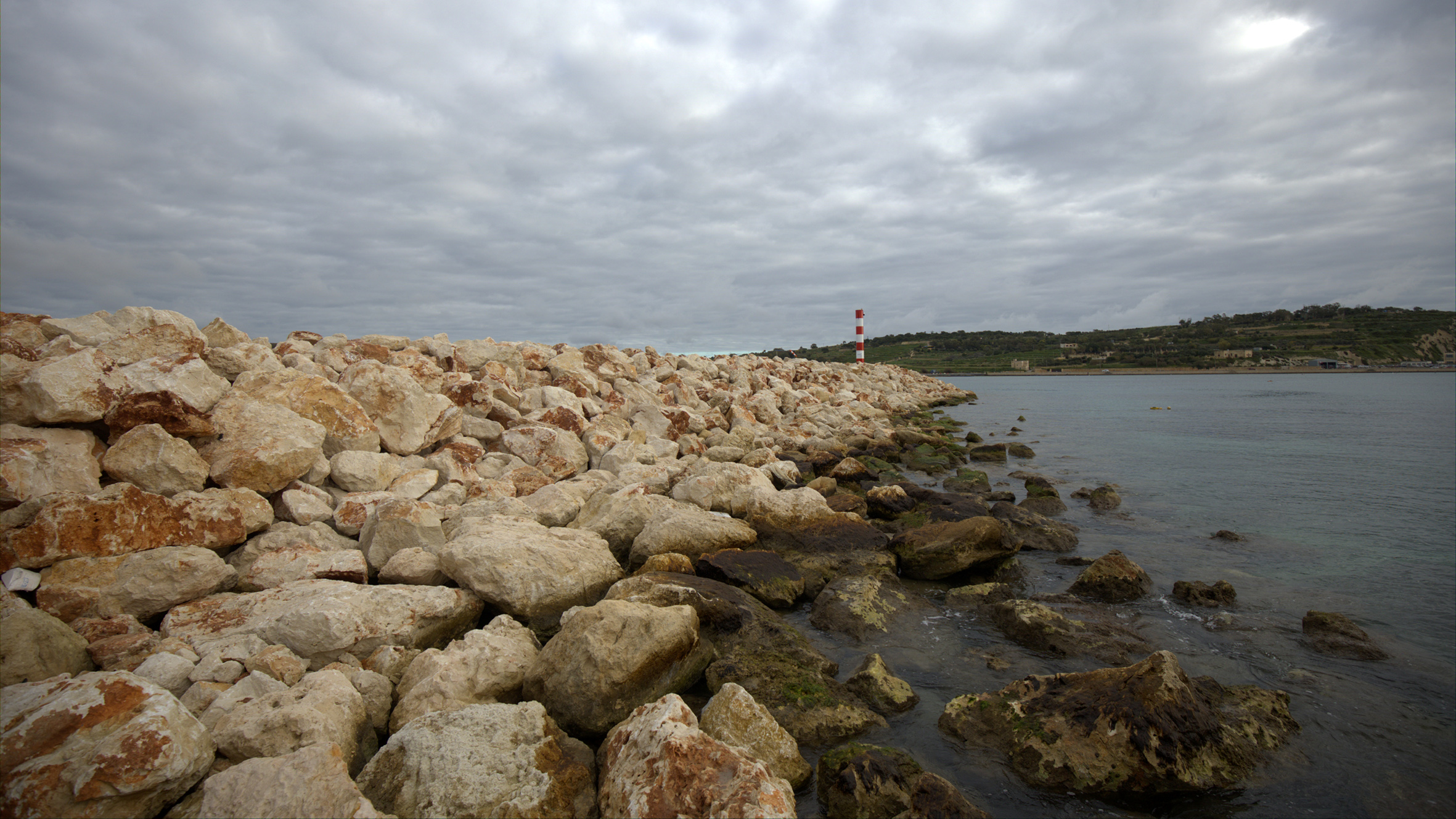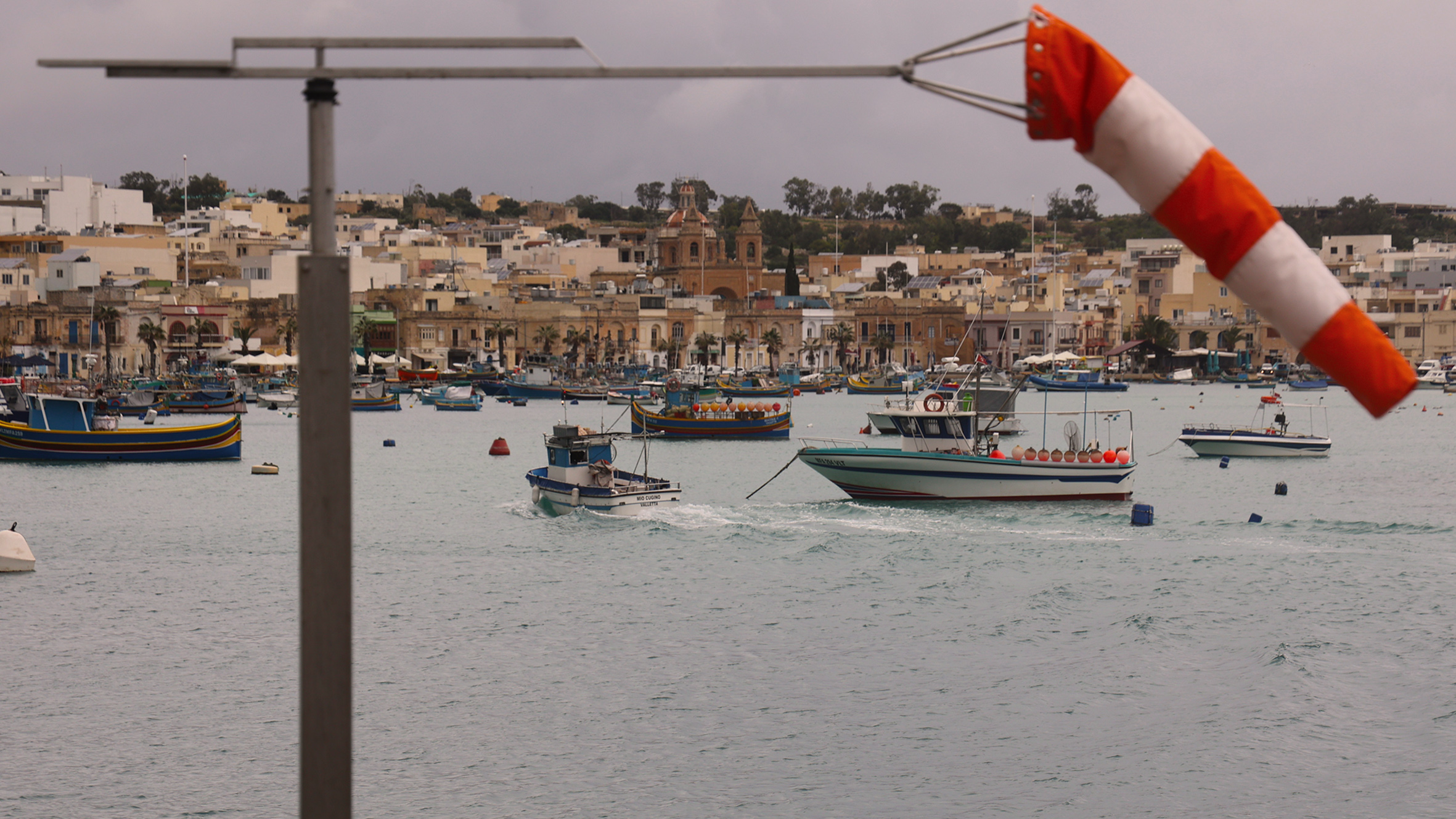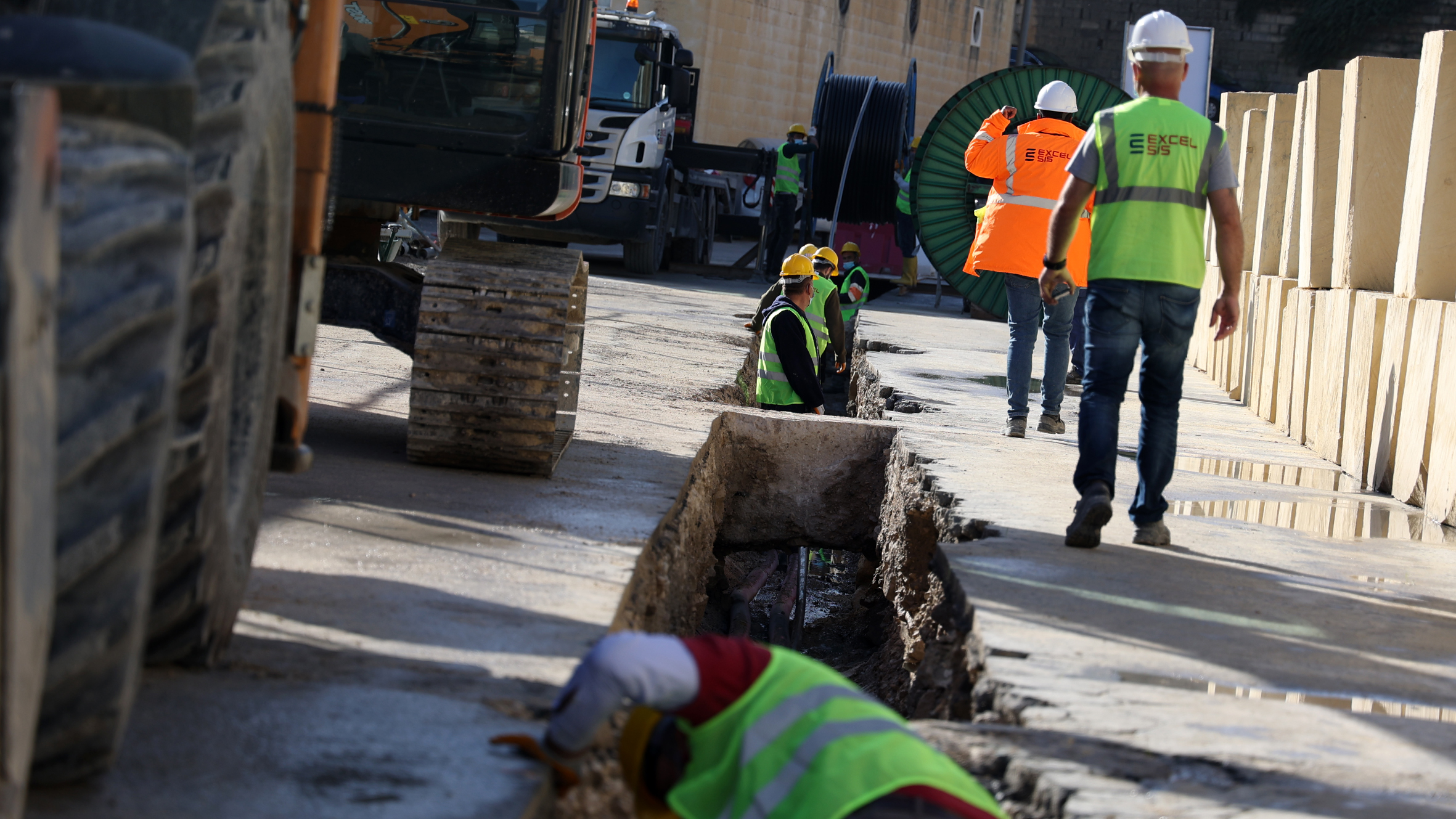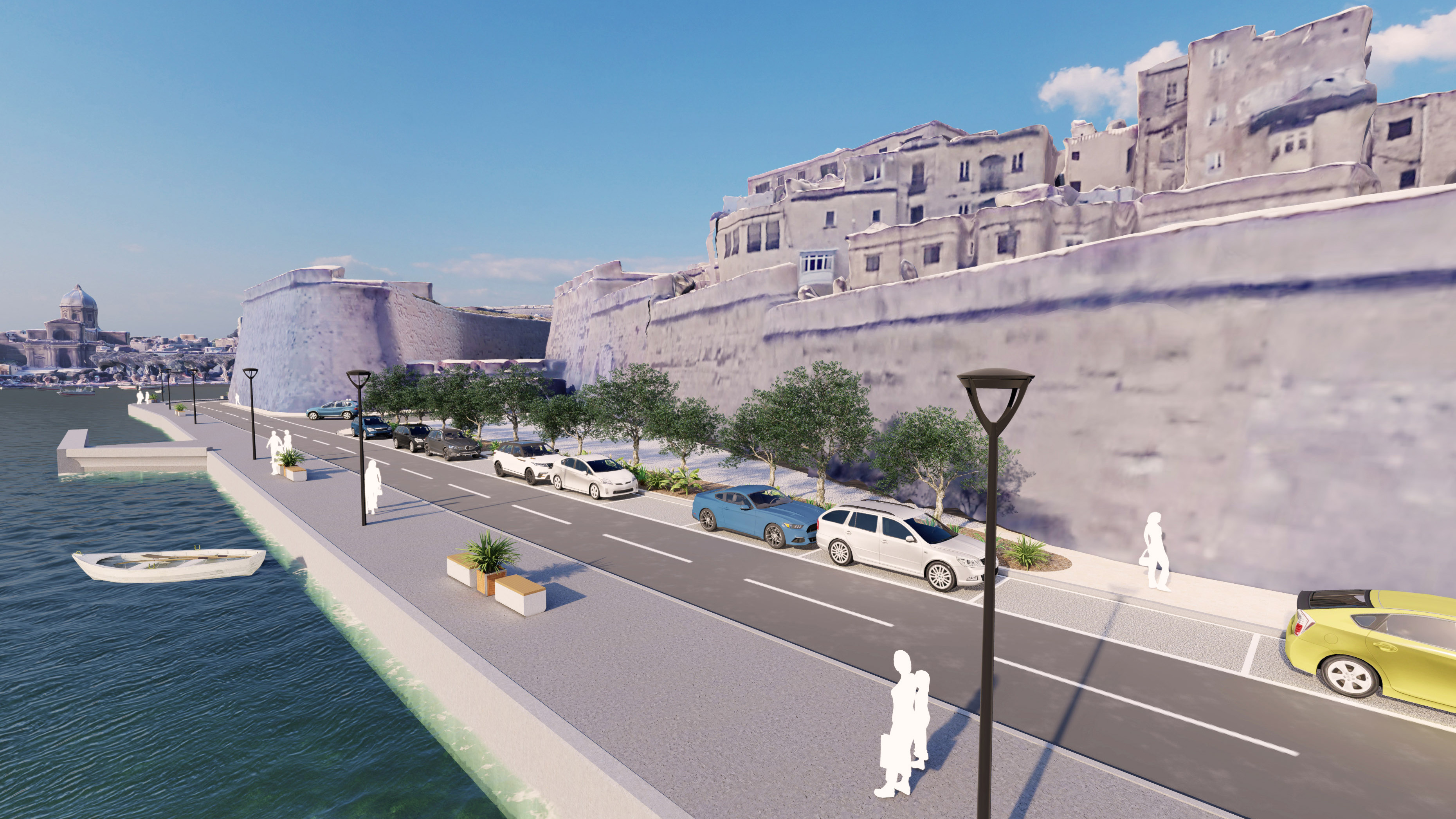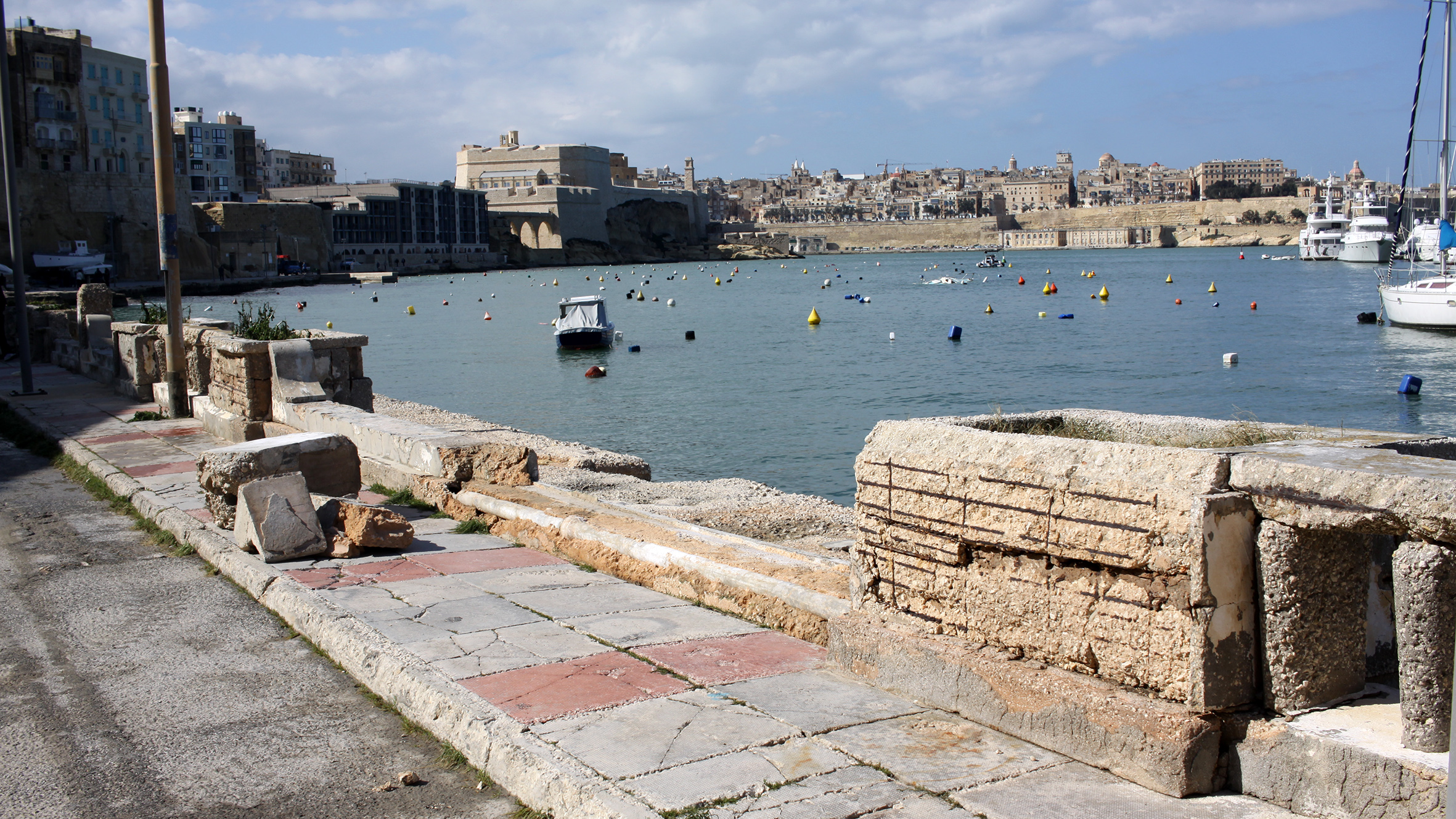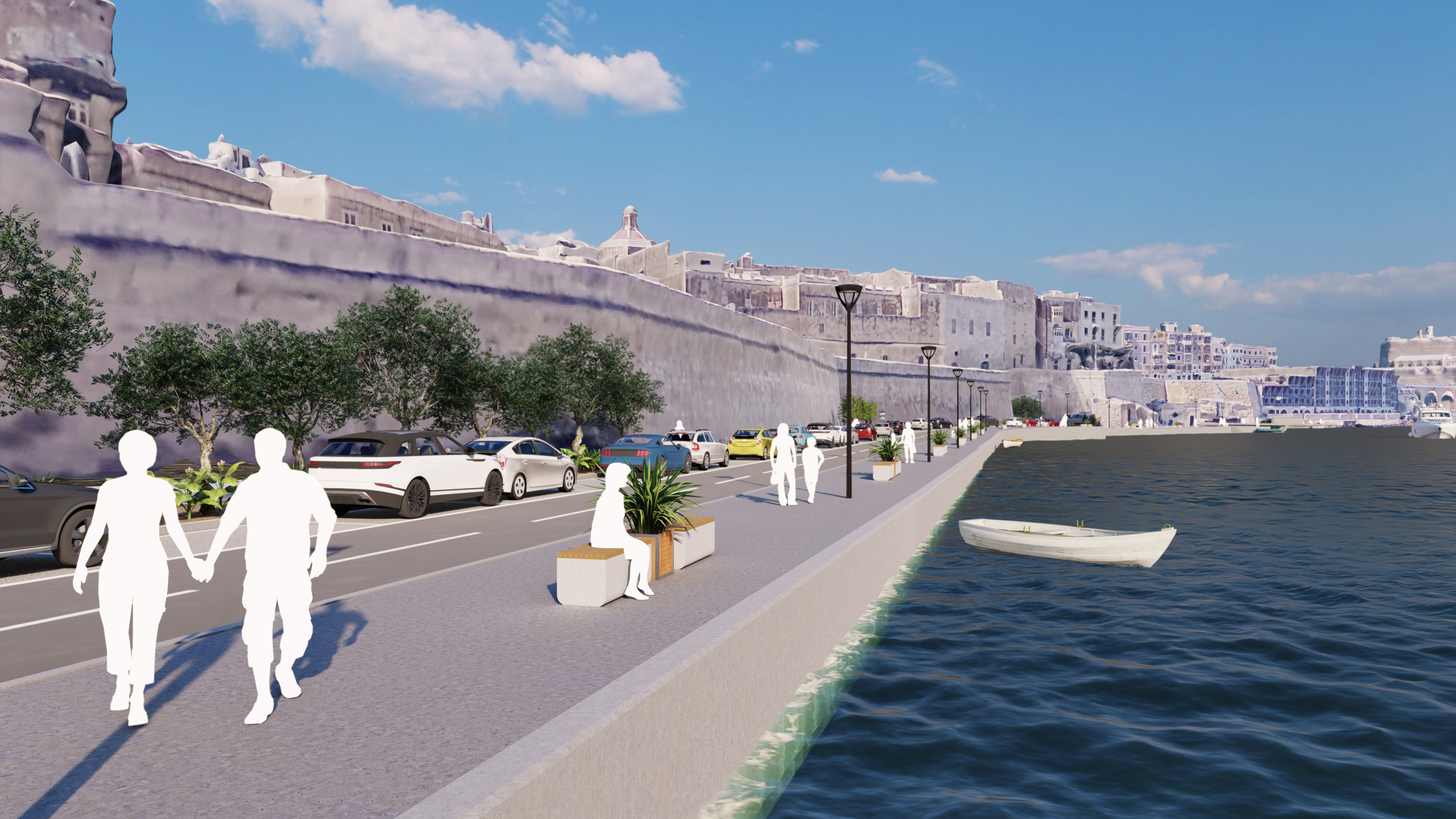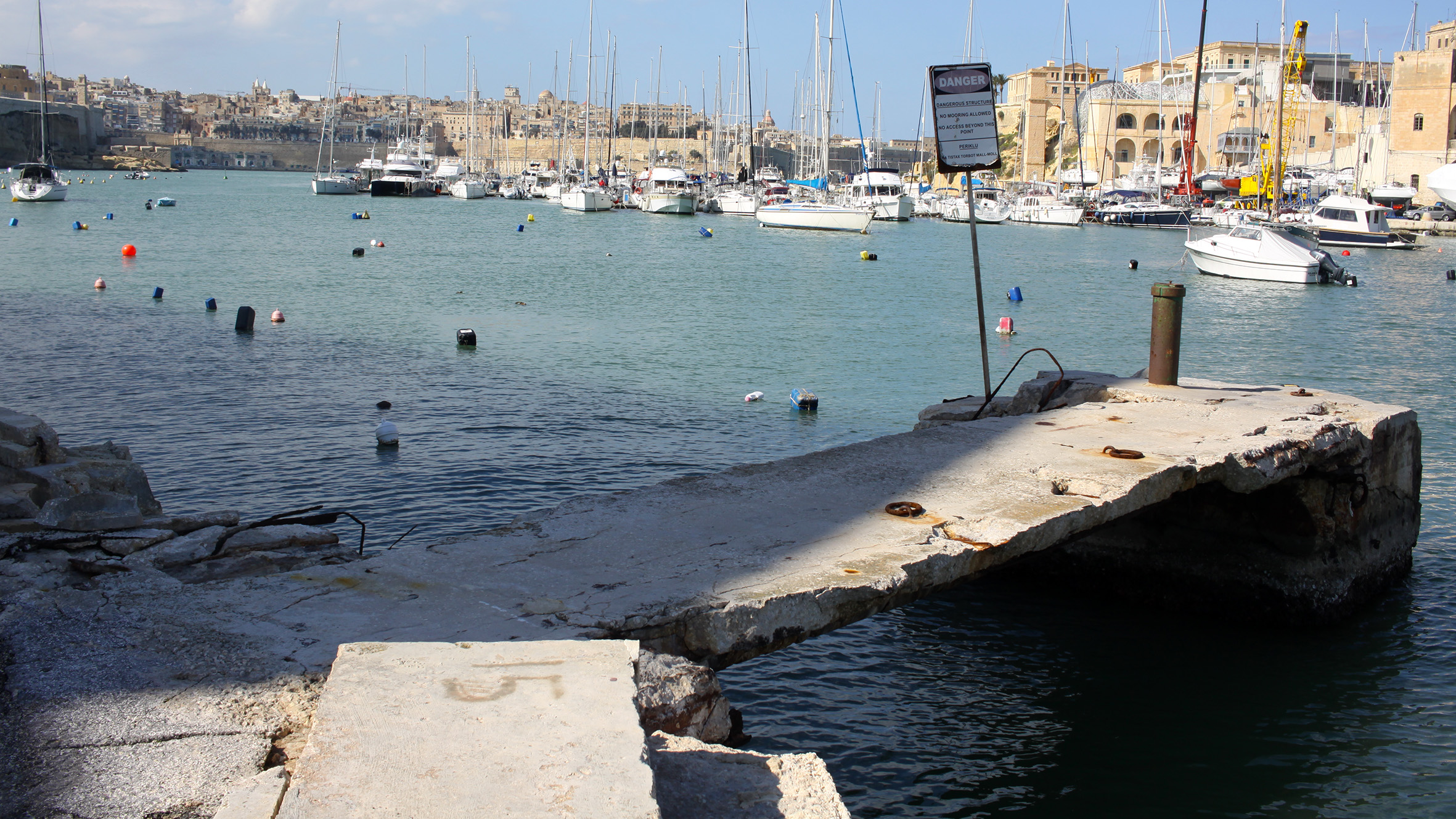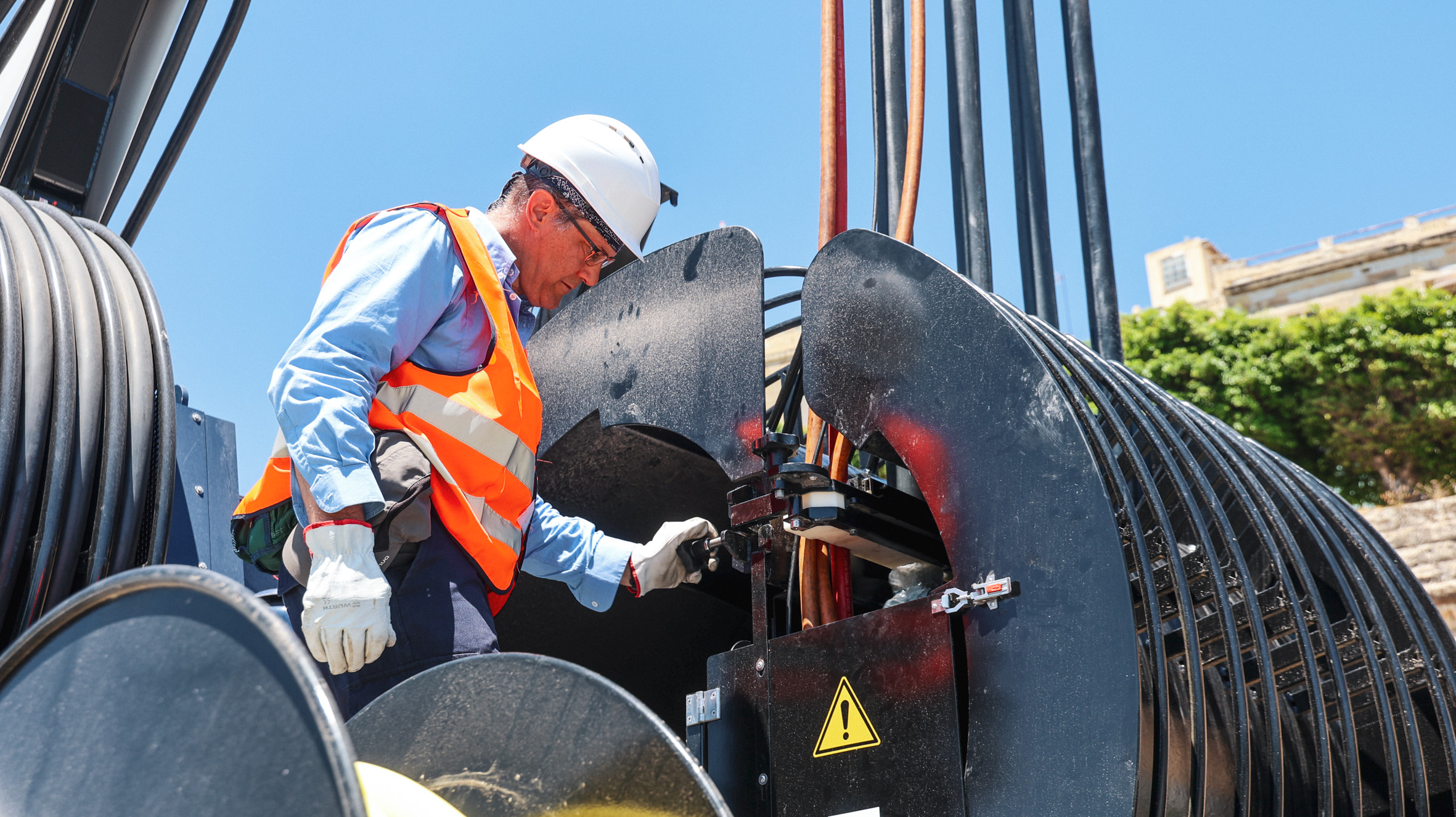
Infrastructure Malta is nearing the completion of the final phase at the southern part of the Shore Supply Project
Infrastructure Malta is nearing the completion of the final phase at the southern part of the Shore Supply Project, as testing of shoreside electrical equipment at Boiler Wharf, Senglea, is 95% completed.
With the frequency converter station electrical system in place, the Agency's contractor is now testing all electro-mechanical systems, including cables, transformers, frequency converters, distribution boards and switchgear. Testing of the premises' Supervisory Control and Data Acquisition systems, backup systems and safety and fire fighting systems are also underway. In the past few days, Infrastructure Malta's contractor finalised testing on the connection vehicles and cranes that will supply shore-to-ship electricity to cruise liners in the Grand Harbour.
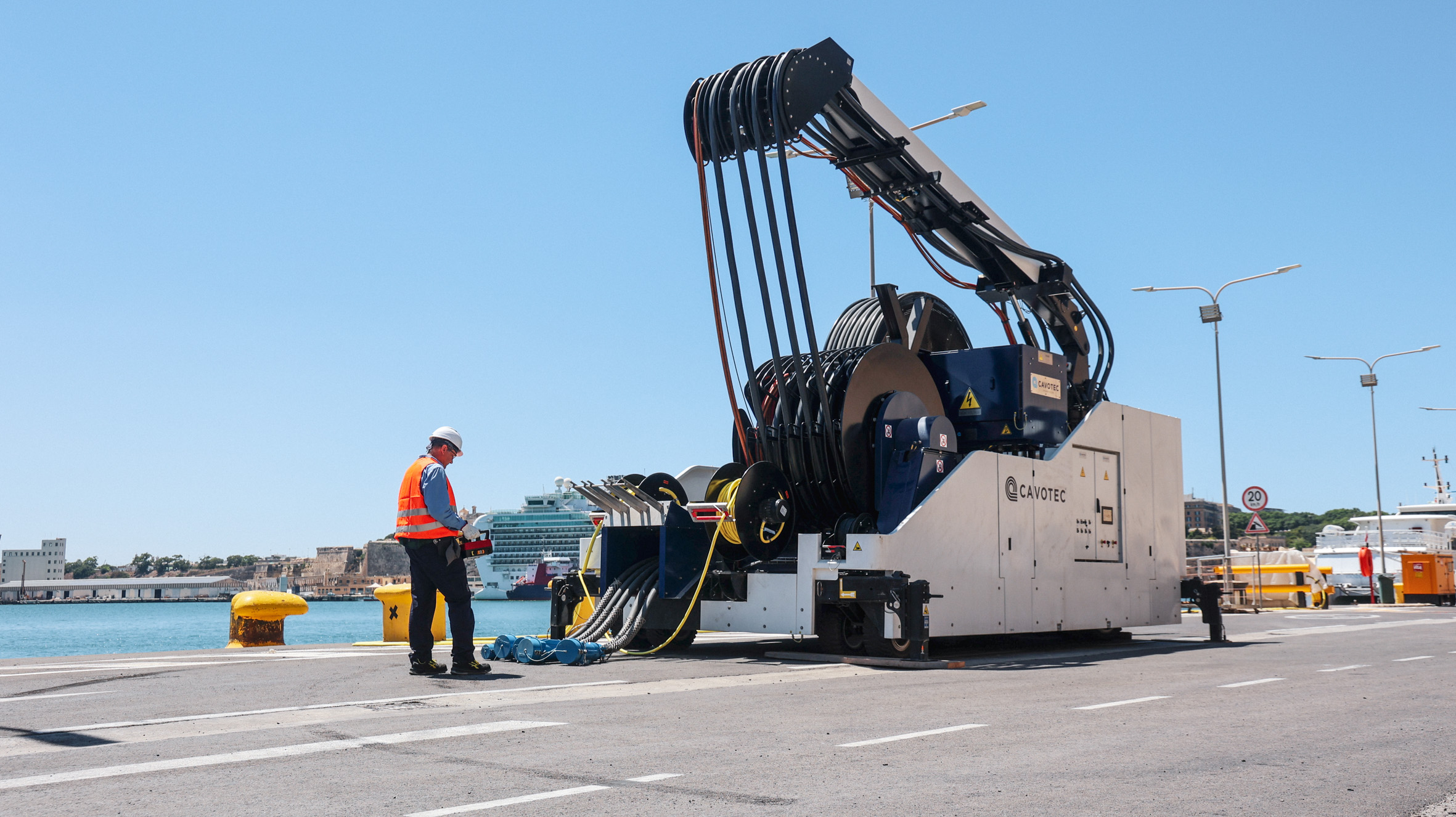
This frequency converter station will provide a shore power supply of up to 16 megavolt-amperes to one cruise ship. The facility is energised through a 33-Kilovolt cable network connected to the electrical North Distribution Centre in Marsa.
The frequency converter station resides in an old industrial shed at Boiler Wharf, Senglea. Infrastructure Malta is also nearing completion of the restoration and conservation of this shed as part of Malta's industrial heritage.
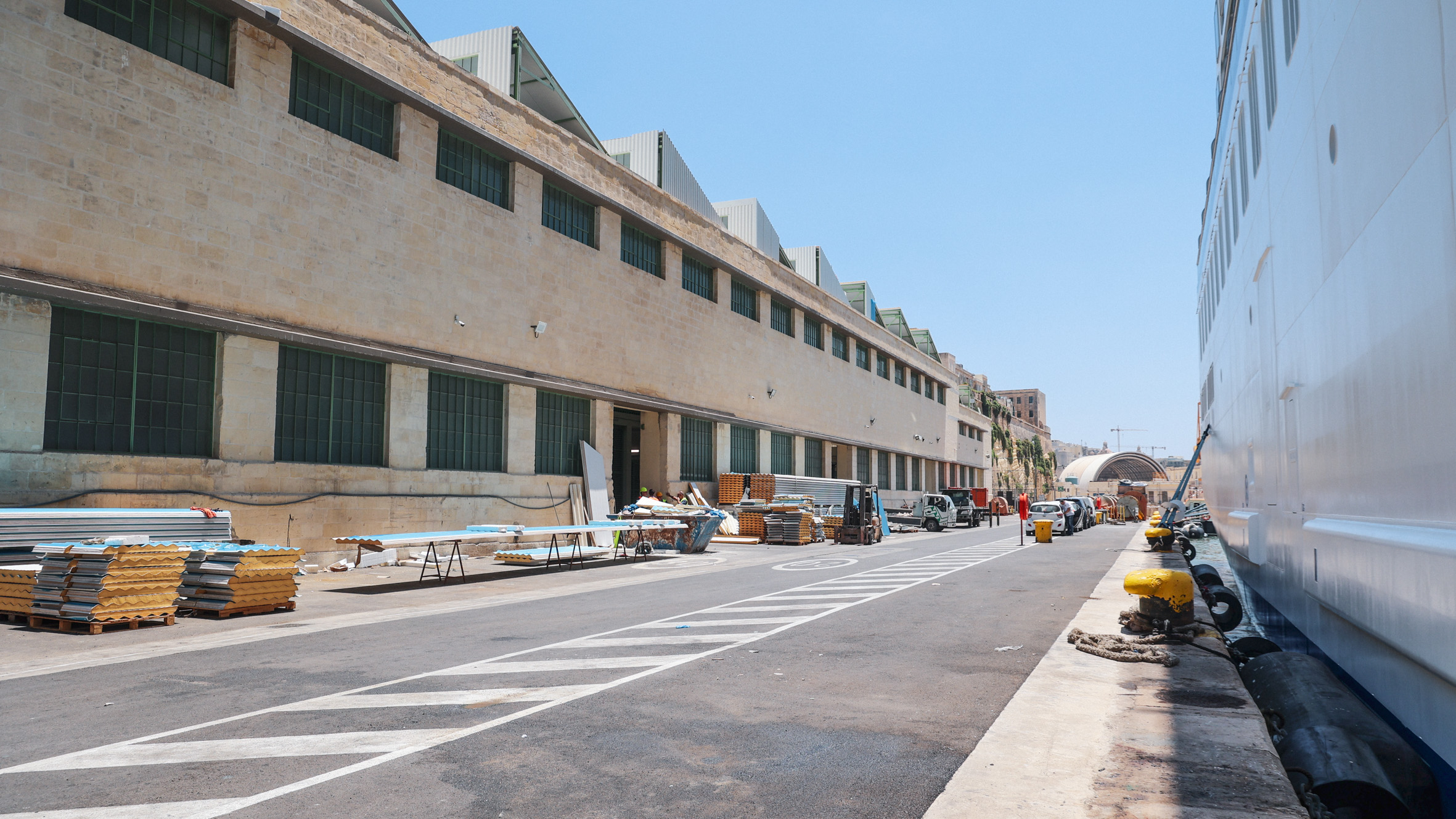
On the other hand, ongoing works at the North side of the Port are on a much larger scale. The north side will be able to provide shore power to up to 4 ships simultaneously and distributed on four quays. Two 33-kilovolt cables will energise the project's other frequency converter station equipment at Deep Water Quay in Marsa. Works at Marsa are 90% completed, with the testing and commissioning of equipment scheduled to commence shortly.
The North Harbour and Boiler Wharf Shore Supply Project is an environmental investment to cut 90% of air pollution by cruise liners at the Grand Harbour. Through this project, the port will be equipped with all necessary electrical infrastructure for cruise liners to switch off their gasoil/heavy fuel oil engines and plug in to shore supply electricity. These facilities will energise the ship's onboard system whilst berthed at the port, improving air quality for 17,000 families living in the Grand Harbour area.
This project will provide electricity for up to 5 cruise ships simultaneously. A 5th berth, Pinto 4/5, will be operational after the completion of infrastructural works to extend the quay. This investment will make Malta one of the first in Europe to adopt this environmental technology on a port-wide scale.
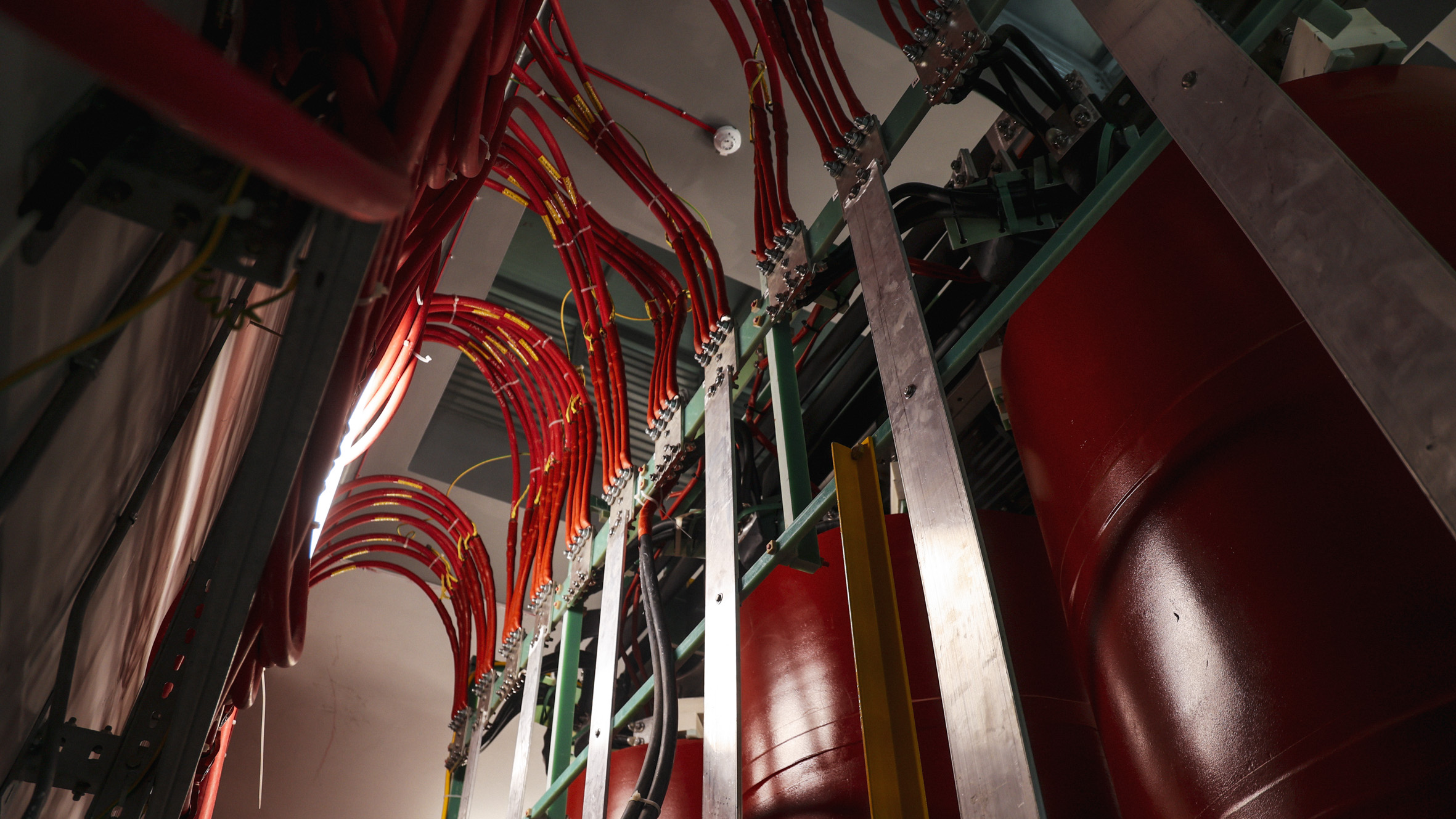
Each quay will have several shore connection boxes to provide plug-in points, where specialised mobile cable cranes will make the final connection to the ships. There will be 13 shore connection points at the north side at Pinto Quays and Deep Water Quay and another 4 connection points at Boiler Wharf. These will provide flexibility to enable the connection to specific ship orientations.
A 2015 European report indicates that one cruise ship berthed at port for eight hours produces an estimated 1.2 tonnes of nitrogen dioxide, the equivalent of 300,000 cars driving from Cirkewwa (Mellieha) to Marsaxlokk. It releases 30 kilograms of particulate matter, the same as 180,000 cars travelling the same distance across Malta.
Throughout this project, Infrastructure Malta will drastically reduce the emissions caused by cruise ships while visiting Malta. By switching off their auxiliary engines, cruise liners emit 93% less nitrogen oxides, 92.6% less particular matter and 99.6% less sulphur dioxide. Upon completion of the first phase, the project will also cut 39.6% of the cruise liners' carbon dioxide emissions, reducing the carbon footprint of shipping activities within the port.
The project is co-financed by the EU's Connecting Europe Facility.


